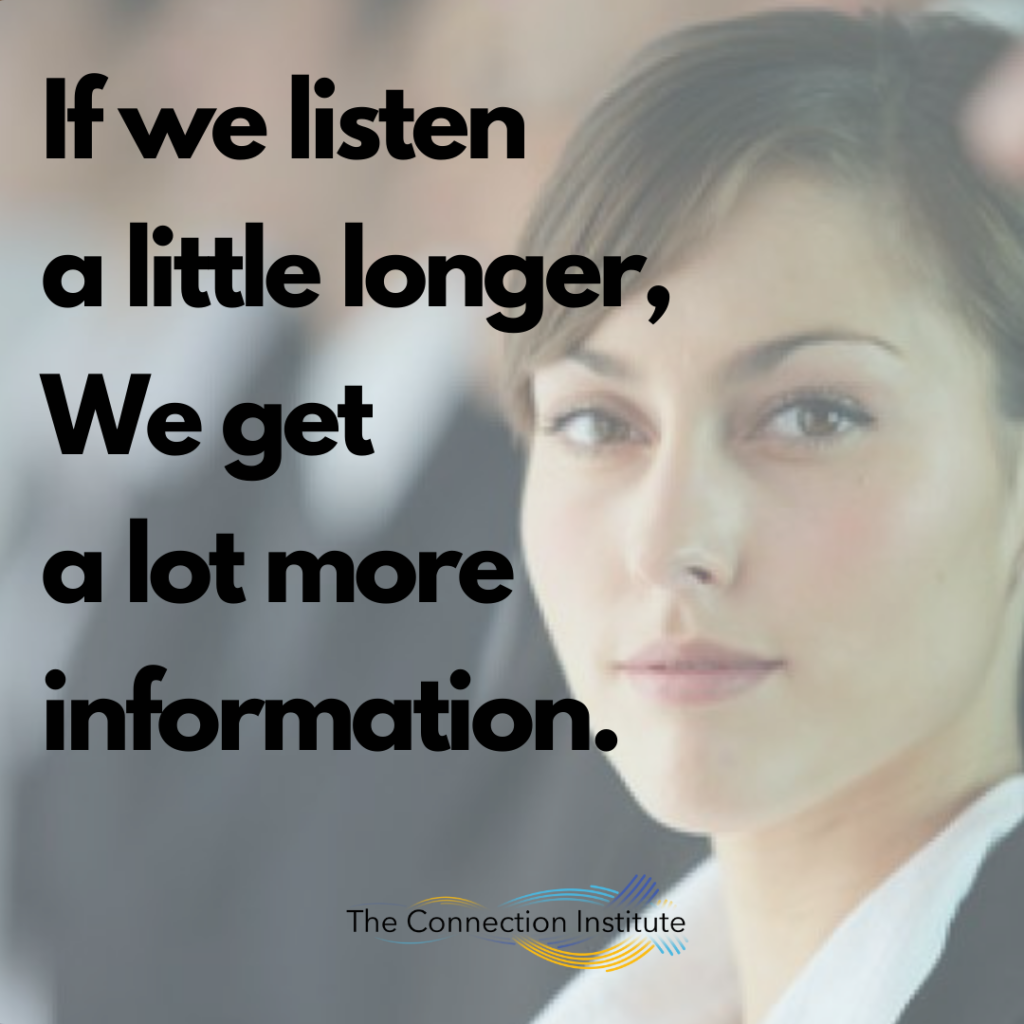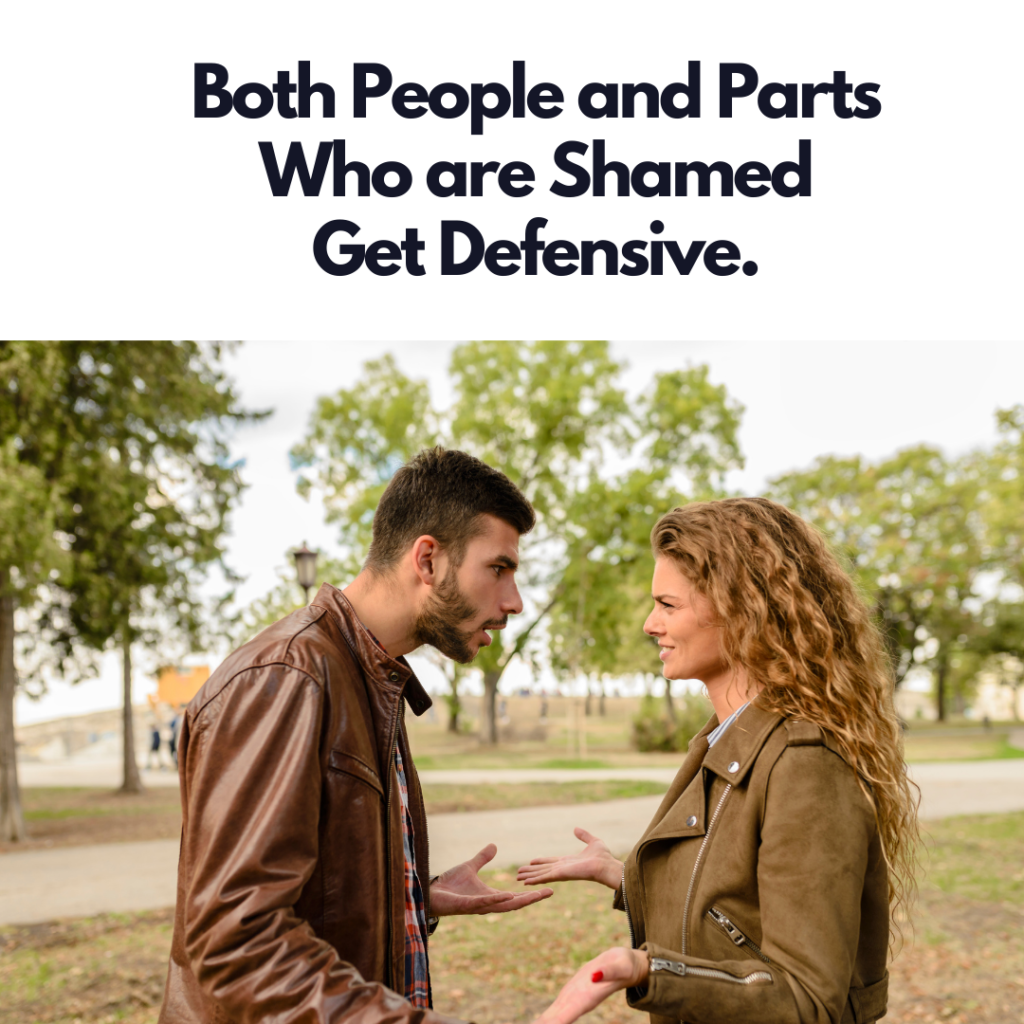Today, I’d like to share a little story about the powerful use of Parts Work.
‘Parts’ is a simple idea ⎯ people have parts. When we feel conflicted, it’s often a result of different parts of us that are in conflict with each other. As we move through groups of people in the world, so too do we carry a group in our own heart and mind.
As without, so within.
I’d like to invite you to imagine that each subpersonality within you has its own life experience, feelings, wants, needs and strategies for trying to help you. This little idea can really come in handy, I use it as much in my private coaching practice as I do in groups. But how powerful is this idea really? What’s the advantage? What can we learn from it?
Here’s a little client story that illustrates a powerful point: how we relate to ourselves, and who we perceive ourselves to be, matters.
June (not her real name) came to me feeling lost. After a long career in performance, she was done. June was clear that wasn’t the life she wanted, but it was how she had identified for so many years and she wasn’t clear about how to move forward. In that feeling of lostness and a quieting of the unending pursuit of the next gig, she found herself ready to slow down. In slowing down she realized that there was a lot to work out within herself.
A couple of months into our coaching relationship, we had a session I’ll never forget. It was so vivid and memorable, the transformation so stark. We began and she outlined this inner voice that she realized had plagued her for much of her life.
“If I’m trying to relax, then the voice is telling me that I’m being lazy or unproductive or that I’m doing the wrong thing. Or, it can eat away at the edge of my mind telling me ‘You should be doing something else!’ On the other hand, if I am doing work, it has another narrative, ‘You’re not enough of an expert’, ‘Is this really good enough to send in?’ ‘You’re doing it wrong, you are going to fail.’”
And on and on this voice would go, plaguing her no matter what she did. Resting? Wrong. Working? Not good enough.
“The owner of this voice,” I asked her, “What does she look like?”
“It’s me but unkempt, with wild hair, and zits. She’s all dirty, she hasn’t taken care of herself in any way. It’s her way of warning me not to become her like she’s saying, “If you don’t do what I say, you will look like me!” Oh, and her voice is like mine but a disdainful version.”
I asked her about her relationship to this part of her.
She painted me a verbal picture instead. June went on to describe that she felt as though she were crossing a bridge and that this part of her was the troll that lived under the bridge. It would say things to her like:
“This isn’t the right bridge”
“You’re walking the wrong way!” or any other thing to try to get her to stop. She described it as similar to an abusive parent.
I asked her how she wanted to handle this part of herself in the future. What did she want to say to the troll next time it came by?
She began logically, “You are really impeding me from enjoying my life and doing things effectively.” It felt to me like she was a teenager playing lawyer with a parent.
“How does the troll respond?” I asked.
“It’s very skeptical.” she told me, “I don’t think so, you still need me. Here’s why…”

I love asking this question “How does that part respond?” It helps my clients and I remember that we always have a response to the way we treat ourselves. If we can learn to listen a little longer, we get a lot more information. In fact, I’ve learned that my clients can learn a lot about other people and how they respond to us by simply looking at how we treat ourselves and then listening to the responses living in our own bodies.
“Ok, let’s try another way of speaking to it,” I said.
This time she collapsed into her vulnerability and spoke bravely to the pain and suffering this part of her had caused in her life. She pleaded with it; implored it to back off.
“And how does it respond?” I asked, well aware that I had no idea how it would respond.
“It’s telling me that I’m a mess and that this is exactly why I need it.” she said.
Next, she got angry.
“You’re the root of all my problems! I can’t deal with you anymore,” she continued on shaming it for being so overprotective and difficult.
“And how does it respond?” I asked.
“The troll is getting defensive,” she said with a sigh.
“Makes sense,” I said, “I don’t know anyone who wouldn’t after receiving a tongue lashing like that. We laughed together as we marveled at a simple idea. As within, so without.

What happens inside, also happens outside. People who are shamed, get defensive in some way. Parts who are shamed do the same.
“Through this little experiment,” I shared, “I’ve noticed something. In all of these scenes we’ve just played out ⎯ all of these different scenarios. It has seemed like the troll is the authority and you are the one asking for permission. You’ve gotten to play out all the young parts of you.
It seems like you identify with all of these young parts, and let this other part that seems more powerful than you be the authority. You’re even on her turf, in her image. Nothing about the bridge tells me that this is actually the domain of your own mind!”
I got excited; we both did. What a blind spot! She’d been identifying with the young parts of her mind, othering the parts she felt were more powerful than her. She was playing out the dynamic of trying to be a good girl one way or another.
Shift your body.
“Let’s try a little experiment,” I said. “I want you to shift your body. Organize yourself as though you are empowered, aligned, and connected to your own wisdom. See if you can just let yourself feel your own power moving through your body…. When you are ready, go ahead and speak to The Troll.” and I waited for a minute or so.
“Thank you for trying to help,” she started, “I don’t need you right now, but I’ll call for you when I do.”
“And how does she respond?” I asked again.
“She has nothing to say…” she replied.
“And how often does that happen?” I asked.
“Pretty much never,” she said
This is a feature of the human mind that I absolutely love. If we learn how to listen, just one step further, we can learn what works and what doesn’t in our own mind. The information is always there, waiting to be picked up, to be noticed. We can always get information about what works around how we can best treat ourselves.
“What would you like to do as you walk on this bridge?” I asked. Noting that in her image she was on the troll’s turf, like being in a parent’s house.
“I want to move,” she told me “I want to get my own place. A place that feels comfortable, where I can be free to do what I want and make decisions for myself.”
She had been living life as though her inner domain belonged to someone else.
Ah! This was a moment I found so beautiful. She had been living life as though her inner domain belonged to someone else. Now we were going to reclaim the home of her internal world.
“Tell me about this new place.” I said to her “What rooms does it have?”
“It has a sunroom for yoga, thinking, and writing, an art room, a music room, a beautiful kitchen, and a conference room,” she detailed out for me.
“And where do you put the troll?” I asked her.
“In the guest room” She said decisively.
“This troll, what does she want for you?” I asked.
“She wants me to be someone of consequence, someone worthy of all the beautiful things I’ve been given,” she told me.
She resolved to keep the Troll. It would be allowed into the conference room when it was time to make big decisions. She wanted to include it in her big decisions as it holds some important values that she wanted to include in her life. She just didn’t want it running her life.
“I want an advisor relationship with it,” she told me, “I want to go to it to help me instead of having the troll follow me around the house.”
We checked in a final time with the troll. I asked her what it was saying now. It seemed smaller to her somehow, younger even.
“You can’t hold me back, you need me, or you are going to be a failure and not worth anything.”
“And how do you want to respond?” I asked.
“There is a time and a place for assessing my worthiness and where I am and my goals and that’s not every minute of every day,” she responded. Powerfully.
When I asked her what her takeaways where she said this:
“I’ve learned that my default is to respond from the child parts of myself, now I understand why I struggle so much with so-called “adulting”. It’s because I don’t view myself internally as an adult. I’m the one who has surrendered my power to these parts of myself. If I am able to fully take control then maybe I can embody more of the person that I want to be.
The following week we checked in. I expected to hear a story of challenge and struggle. A story where she had some improvement but still wrestled with this part. However, she came back to me with a very different story.
“This week was so easy, The Troll stayed in its room.”
Things changed more and more after that session. She had become the boss of her own inner landscape, her parts were on her turf. I was beside myself with pride.
I’m curious…
How do you relate to your parts?
I hope this article has been helpful for you and will support you on your journey. I’d love to hear about your impact and experiences, please don’t hesitate to share. Reach me on facebook https://www.facebook.com/peterw.benjamin1 and check out all of The Connection Institute’s offerings at www.theconnectioninstitute.net/.

